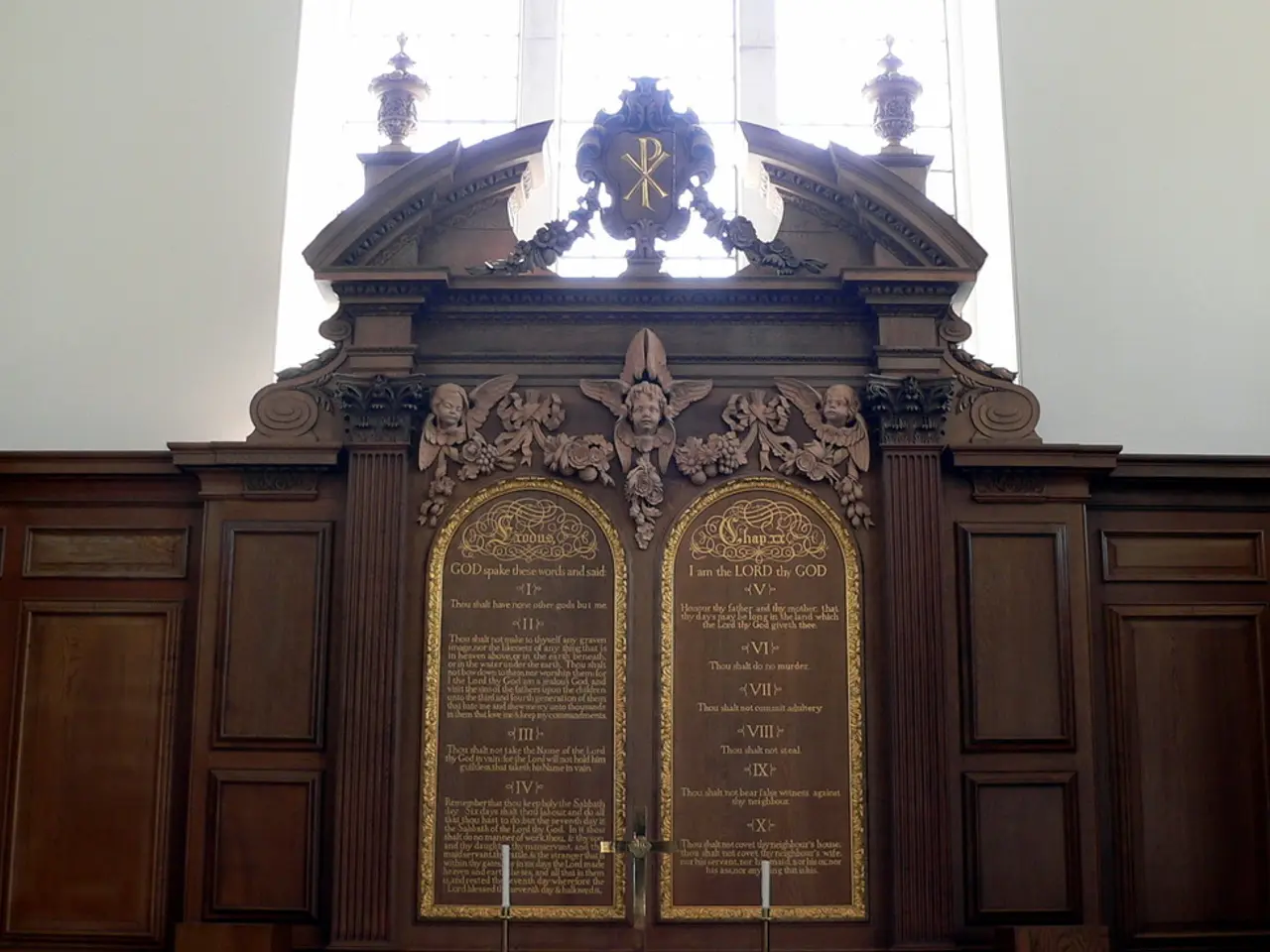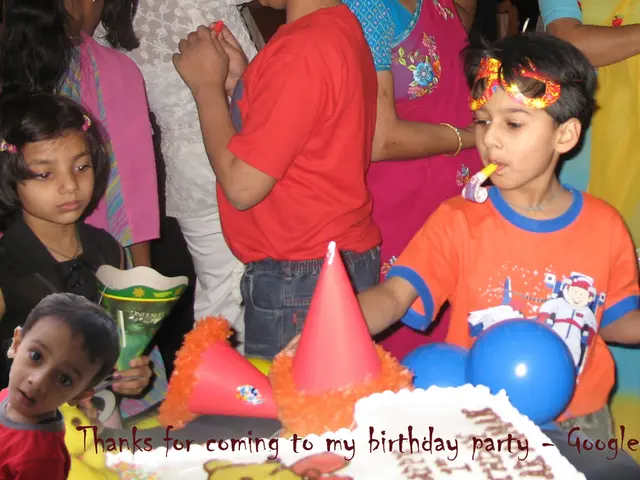Archaeologists Discover Pre-Incan Palace of the Noble Moche in Northern Peru
In the heart of La Libertad region in North Peru, an archaeological gem has been unearthed. The site, known as Licapa II, dates back to the Moche culture that thrived between 100 and 800 CE.
The star attraction of this site is a five-room adobe structure believed to have housed members of the local elite. The building, which was deliberately buried beneath more than a meter of adobe bricks before its abandonment around 700 CE, was a testament to the significance and respect it was held in.
The structure, painted yellow on the exterior, was separated by walls from surrounding areas used for craft and domestic work. Inside, food remains, including evidence of lucuma and other fruits, textile fragments, and high-quality Moche ceramics decorated with warrior imagery were found. Bones of capuchin monkeys from the Amazon, Andean camelids, and coastal birds were discovered as offerings or tribute.
The site, located in the Chicama Valley, appears to have flourished after the neighboring ceremonial center at El Brujo reached its peak. This suggests a period of growing regional interaction during the Middle Horizon. Imported vessels from Cajamarca were also discovered, indicating trade connections with other regions.
The excavation of Licapa II was led by Henry Tantalean of the National University of San Marcos and Carito Tavera of the University of Barcelona. Excavations are ongoing, with researchers continuing to recover decorated ceramics and animal remains.
The Moche society was politically hierarchical, with powerful rulers wielding both political and religious power. These rulers lived in grand palaces and governed from urban centres like Huaca del Sol and Huaca de la Luna. However, a named builder for Licapa II remains unknown. The Moche society did not have a written language, and so the names of the rulers are not known.
It is believed that the residence was built by a local elite member or a high-ranking individual who was capable of constructing a representative palace. The exact identity of this person remains anonymous, as there are no written or definitive pictorial references to a specific name.
The discovery at Licapa II confirms a hypothesis first raised in 2024, suggesting the presence of an elite household. The site, with its rich findings, offers valuable insights into the Moche society and their way of life.







